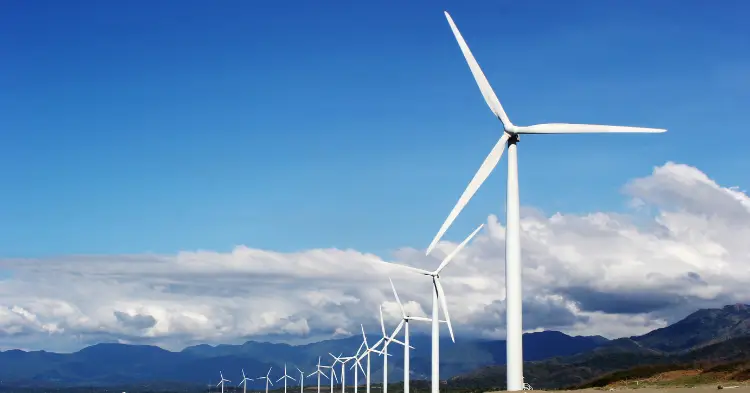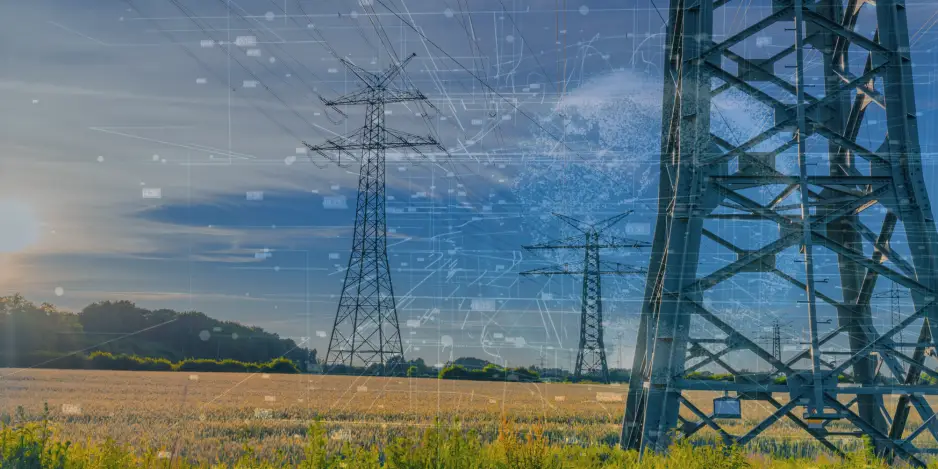$369 billion will be spent on climate change investments and incentives thanks to the passing of the Inflation Reduction Act (IRA) in August – an Act that is going down surprisingly well with most Americans.
Tax credits and investment incentives are intended to hugely impact the USA’s energy infrastructure in a way that hasn’t been seen before, driving investments in solar, battery, wind and other clean energy projects while also driving down development cost and making net-zero power more accessible to consumers and businesses.
But with criticisms of trade tariffs on China impacting the solar energy supply chain, can the IRA really accomplish what it sets out to do?
What will the IRA benefit?
The act addresses a number of issues, such as budget reduction, health care access, and the cost of prescription drugs, but one of its most important goals is to address the energy sector and climate change.
The objective is to set the nation on a course to cut greenhouse gas emissions by 40% below 2005 levels by 2030. This represents a significant improvement over the existing course, which is anticipated to result in a 25% reduction.
Among other things, the IRA modifies investment tax credit requirements and appropriates more money for the planning and development of interregional electricity transmission. The legislation package will significantly impact the adoption of renewable energy in the United States. Furthermore, the IRA is a historic move in the direction of widespread adoption of green energy.
Predictions are that we’ll see this notably in battery storage projects across the States. With tax credits potentially rising to as much as 70% of the total capital cost of the project, major analysis firms are predicting investments in battery storage projects in more diverse regional areas, with areas like Arizona, Hawaii and Puerto Rico anticipated to catch up with the activity levels of California, New York and Texas.
What Is Preventing Renewable Energy Growth In The USA?
At first glance then, this all looks great for both the green energy economy and the many people who will benefit from new investments in clean power.
But for all the positives in potential investment that the IRA can bring, are there important challenges being overlooked? Solar is one of the biggest clean energy markets in the USA, but the high demands of new projects may be thwarted by the impacts of legislation on the supply chain.
The biggest contention here is the US’s attempts to build an ethical supply chain by placing embargoes on Chinese energy imports. Anti-circumvention tariffs on solar products from Southeast Asia come with just intentions, but result in insufficient hardware to achieve the high demand being planned.
Over 80% of hardware is manufactured in China and approximately 90% of Triple A rated solar panels manufactured are with Chinese domiciled companies. Attempts to shift the supply chain to US manufacturing at the speed, quantities and pricing that were previously available from this market will only result in lower-standard products being produced at higher costs.
These are not unfounded concerns:- the utility scale solar market grew by only 10.3GW of new capacity last year – a drop of 40% YOY, with most critics putting the blame on these trade restrictions.
SEIA President and CEO Abigail Ross Hopper summed it up, saying “The solar and storage industry is acting decisively to build an ethical supply chain, but unnecessary supply bottlenecks and trade restrictions are preventing manufacturers from getting the equipment they need to invest in U.S. facilities. In the aftermath of the Inflation Reduction Act (IRA), we cannot afford to waste time tinkering with trade laws as the climate threat looms.”
This view was also backed up by Ben Catt, CEO of PineGate renewables, who argued: “The federal government needs a thoughtful comprehensive strategy for onshoring the solar supply chain, not arbitrary duties and tariffs on imports from certain countries that do nothing but increase electricity costs for American consumers.”
What Happens Next For America’s Renewable Energy Industry?
All in, do the benefits outweigh the challenges? More investment, increased tax credits and ongoing political commitments to the clean energy transition can only be positives for this industry.
Yes there are difficulties and we will undoubtedly see the impact of supply chain bottlenecks in coming years – many of which are unlikely to be overcome even with the most optimistic view of the USA’s manufacturing potential. But never before has the growth of solar-plus-storage been as attractive a proposition for investors as it is today and that will result in thousands of jobs created across the country.
For specialists in solar, battery, wind and other renewable energy developments, this is the time to secure experienced experts who can lead and deliver your projects before the market is saturated with more investors.
Get in touch with Amoria Bond’s team of energy specialist recruiters to find out how we can help you secure the very best talent for your project. Contact us today.





